10 Best Wildlife Viewing Locations in New Zealand
While New Zealand was an island free of land mammals before humans arrived, it now has a diverse range of birds and other animals. Wildlife enthusiasts will find plenty to enjoy here, from the abundance of marine life such as dolphins, whales, and fur seals to adorable penguins and alpine parrots. These locations offer the best viewing opportunities.
Banks Peninsula, Christchurch, South Island
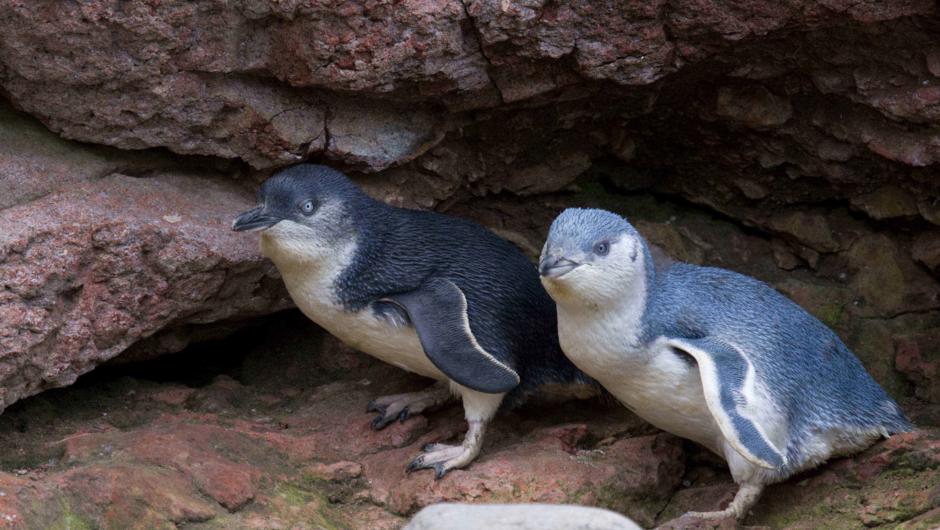
Pohatu, located on the Banks Peninsula just outside of Christchurch, is the largest mainland colony of Australasian little penguins. Evening excursions can take you to see the white-flippered blue penguin, which is only found in this region. The best time to see them is from late August to December during the breeding season, though they can also be seen in January and most of February, as well as a few times between mid-April and September when they return from sea. Participants gain an excellent understanding of penguin life as well as the opportunity to see them up close.
Mount Cook National Park, South Island
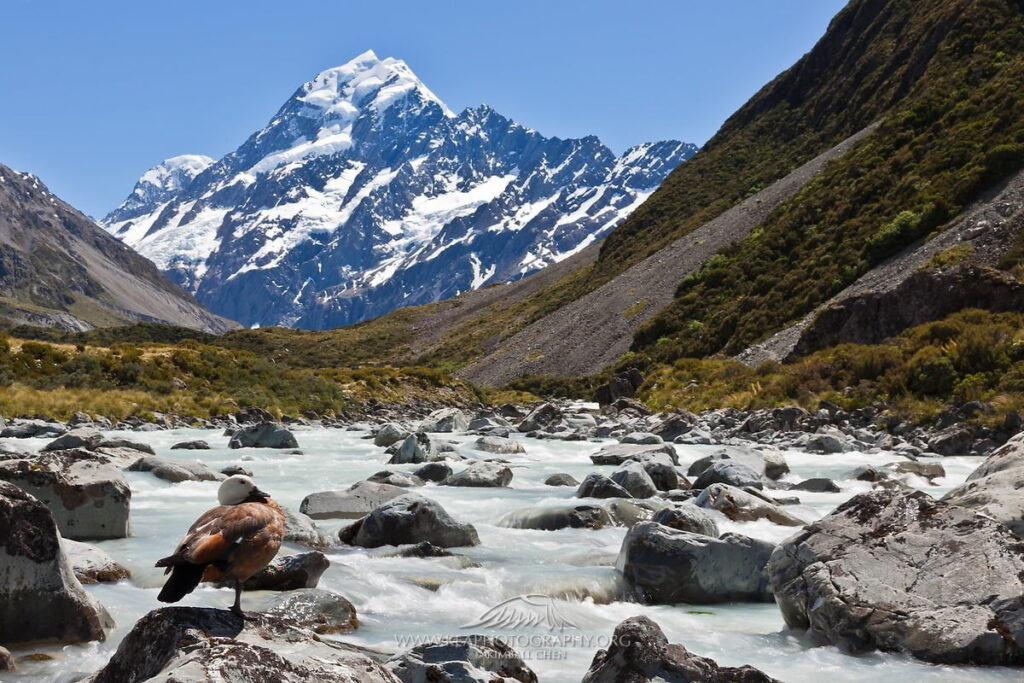
The paradise shelduck resembles a large duck, but it makes an unusual, loud noise and belongs to the goose family. Males honk in flight or when alarmed, while females have a shrill, persistent call. If you visit Mount Cook National Park in the spring, you’re bound to see plenty, including adorable and curious babies.
Kaikoura, South Island
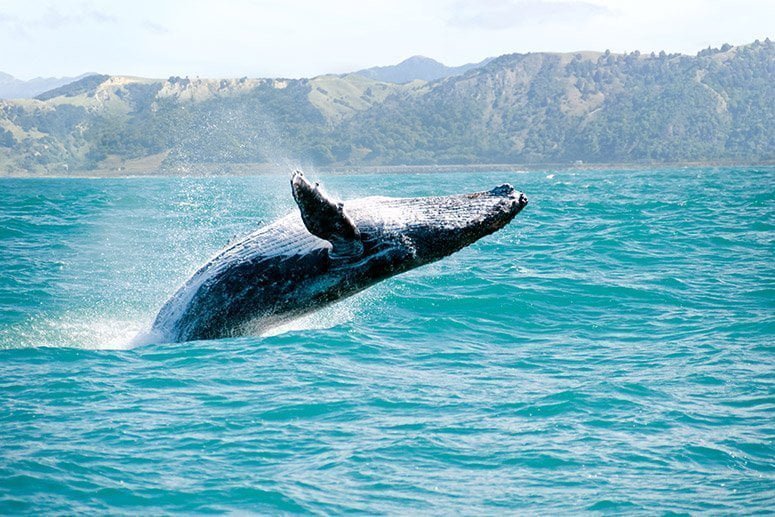
Because of the nutrient-rich marine environment that attracts the huge animals that can weigh more than 50 tons and grow as long as 65 feet, the seaside town of Kaikoura on the South Island is one of the world’s few places where sperm whales can be spotted all year. You may also see southern right whales, blue whales, humpback whales, beaked whales, and orcas depending on the season. Rare and endangered hectors dolphins, dusky dolphins, and New Zealand fur seals can also be seen.
Arthur’s Pass, South Island
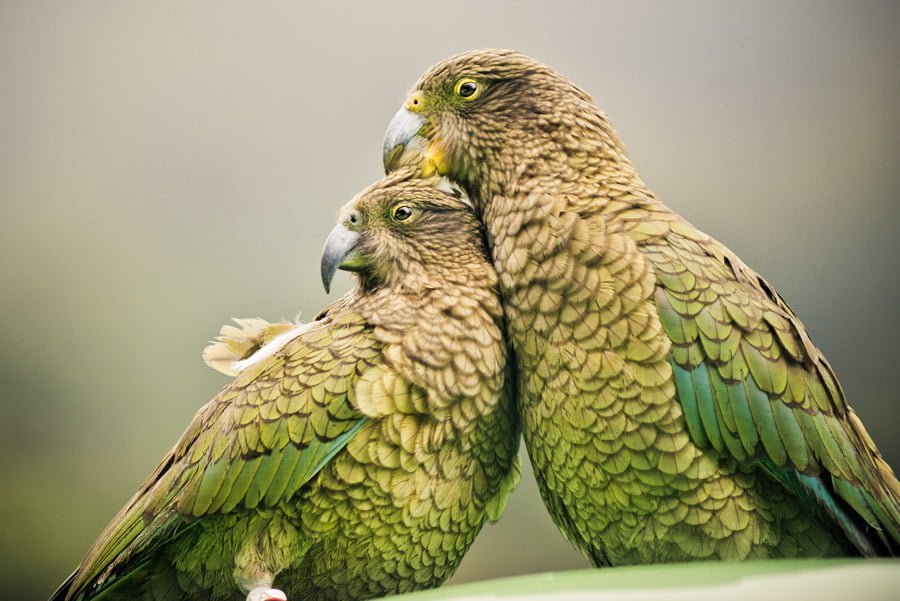
Arthur’s Pass, located in the Southern Alps on the South Island, is not only one of New Zealand’s most spectacular destinations, but it is also home to the world’s only alpine parrot. They are indigenous to the country and can be found between 900 and 6,000 feet in the island’s forested, alpine regions. Head to the Cheeky Kea Cafe, which is very intelligent and cheeky, and you’ll have a good chance of capturing photos right from your table. Their plumage is olive green with a yellow/green crown, brilliant orange under their wings, and a grayish-brown upper beak.
Dunedin, South Island
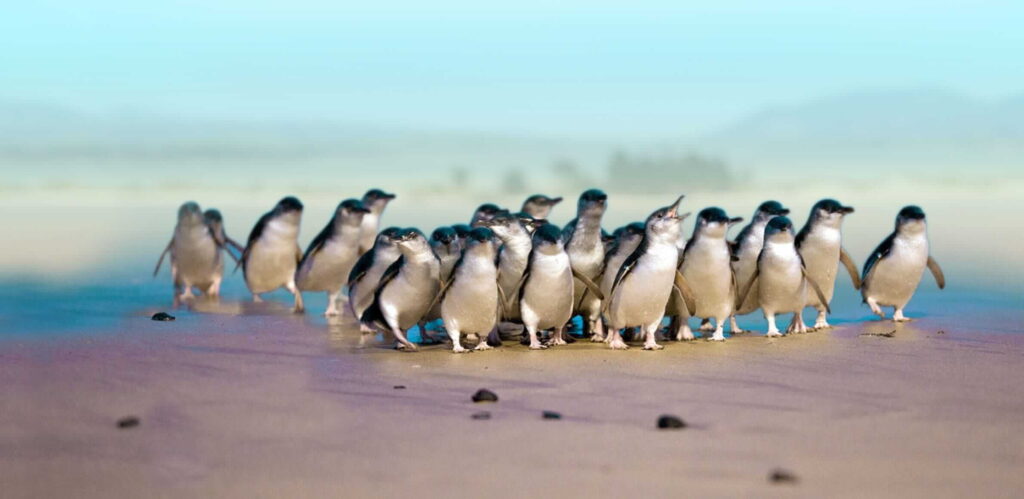
The South Island’s Dunedin is the best place to see the rare yellow-eyed penguin, or hoiho, one of the world’s most endangered species. Visitors can join wildlife tours for up-close encounters with penguins on the Otago Peninsula, just south of Dunedin, where they live alongside sea lions and seals in their natural habitat. Through a network of covered tunnels and hides, you’ll be able to observe their activities up close without disturbing them.
Stewart Island
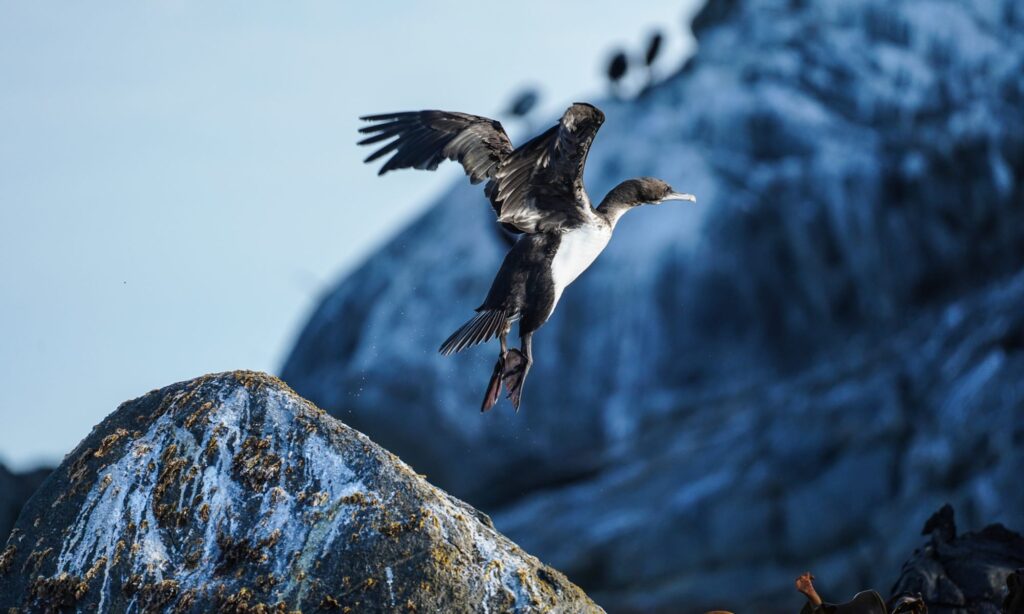
Stewart Island, 19 miles south of the South Island, is a birdwatcher’s paradise, an unspoiled environment teeming with native birds, including the flightless weka. Weka from Stewart Island can be found at a restoration site near Halfmoon Bay and on some nearby islands. They have a feisty and curious personality, and are often attracted to humans and any small objects they may have with them. They live in a variety of habitats, including forests, subalpine grassland, sand dunes, and rocky shores.
Bay of Islands, North Island
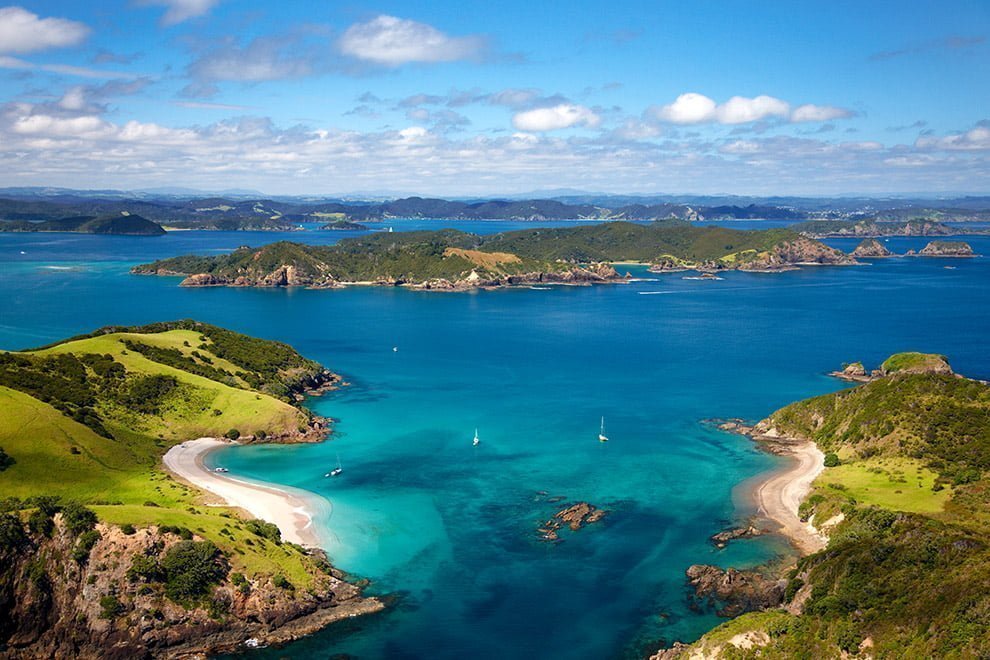
The Bay of Islands on the North Island is one of the best places to visit in New Zealand because you can see dolphins all year round due to the mild climate. You’re likely to see bottlenose and common dolphins, as well as the occasional orca whale. There are numerous tours that will take you out for close encounters, but one of the best options is to join a half-day eco-tour where you may even have the opportunity to swim with wild dolphins. Excursions usually leave from Russell and Paihia.
Milford Sound, South Island
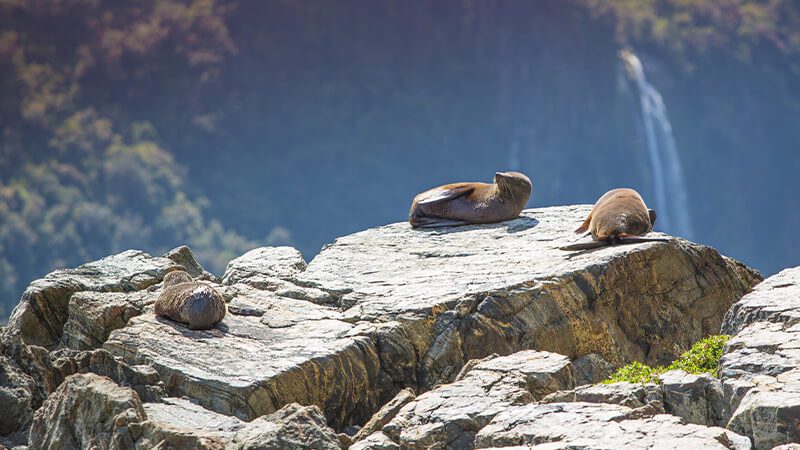
Milford Sound is a breathtaking natural wonder where lush rainforest clings precariously to the cliffs and coral gardens grow beneath the water’s surface, creating a magical environment for wildlife. New Zealand fur seals live in the fjord all year and can often be seen basking in the sun at Seal Point, thanks to the easy-to-climb rocks. While they were once on the verge of extinction due to hunting in the nineteenth century, they are now protected, and their population is growing. Several cruise companies can bring you as close to the local wildlife as possible without disturbing it.
Pukaha National Wildlife Centre – Mount Bruce, North Island
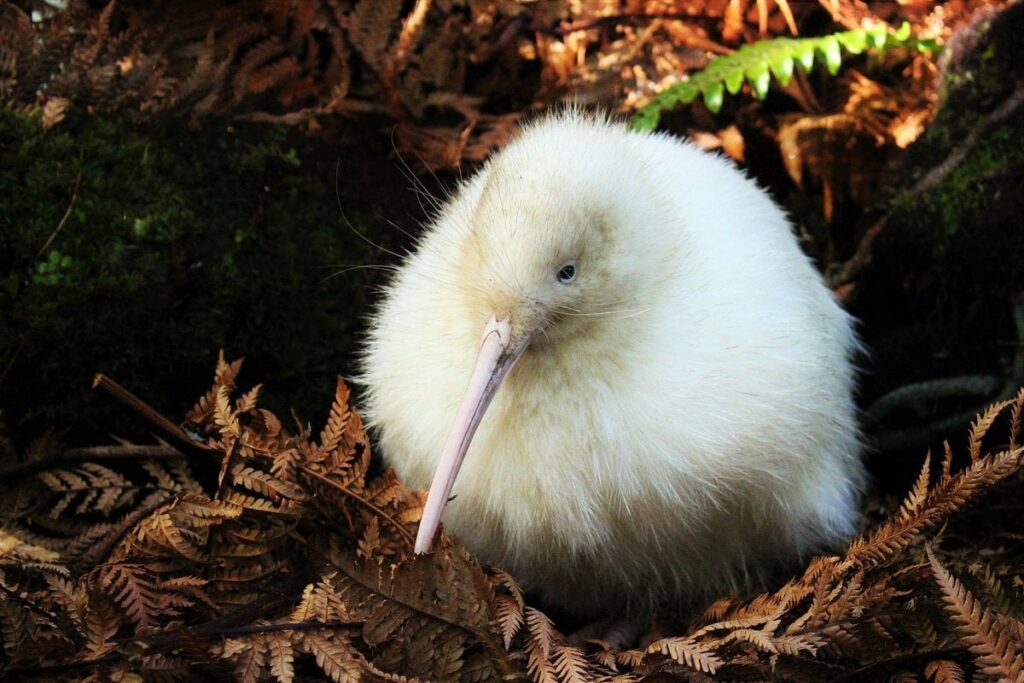
Kiwis are a national treasure, flightless nocturnal birds with distinctive fur-like coats and unusual burrowing habits found only in New Zealand. The endangered animals are difficult to spot because they cannot fly and are especially vulnerable to predators due to their underdeveloped skeletal structure. A wildlife center like Pukaha National Wildlife Centre, located two hours from Wellington in Mount Bruce, is your best bet for viewing. It is home to New Zealand’s only white kiwi in captivity, as well as many other endangered birds and wildlife, including the kakariki, a New Zealand parakeet, and the tuatara, an endemic reptile.
Hawke’s Bay, North Island
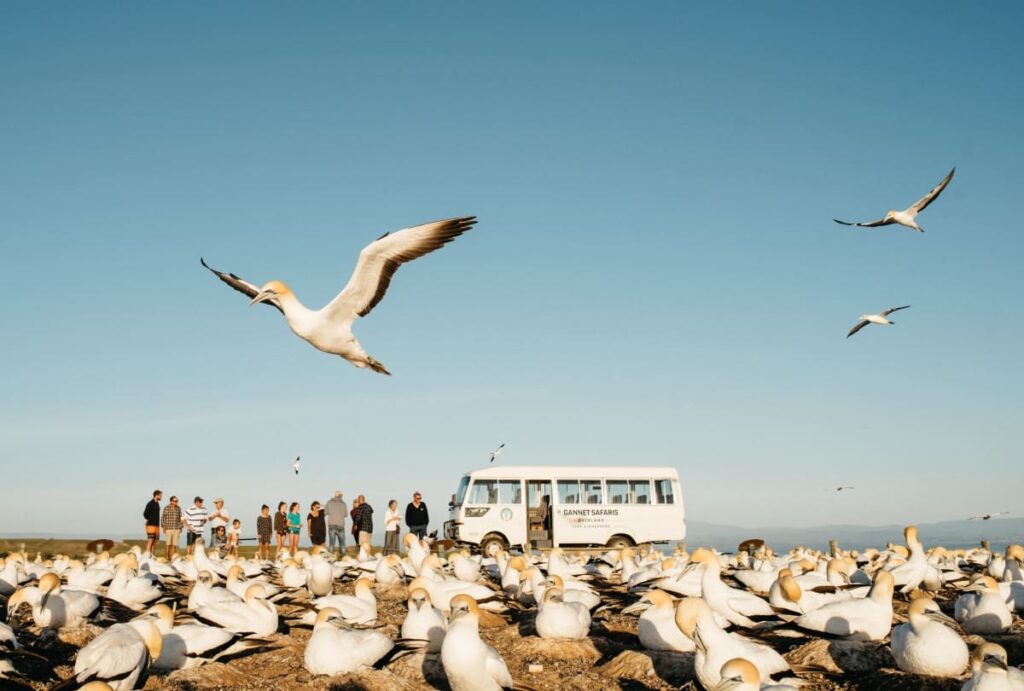
Cape Kidnappers in Hawke’s Bay is home to the world’s largest and most accessible mainland breeding colony of gannets. Join a tractor-drawn eco-tour to the Black Reef Colony to see thousands of sea birds in their natural habitat.



















